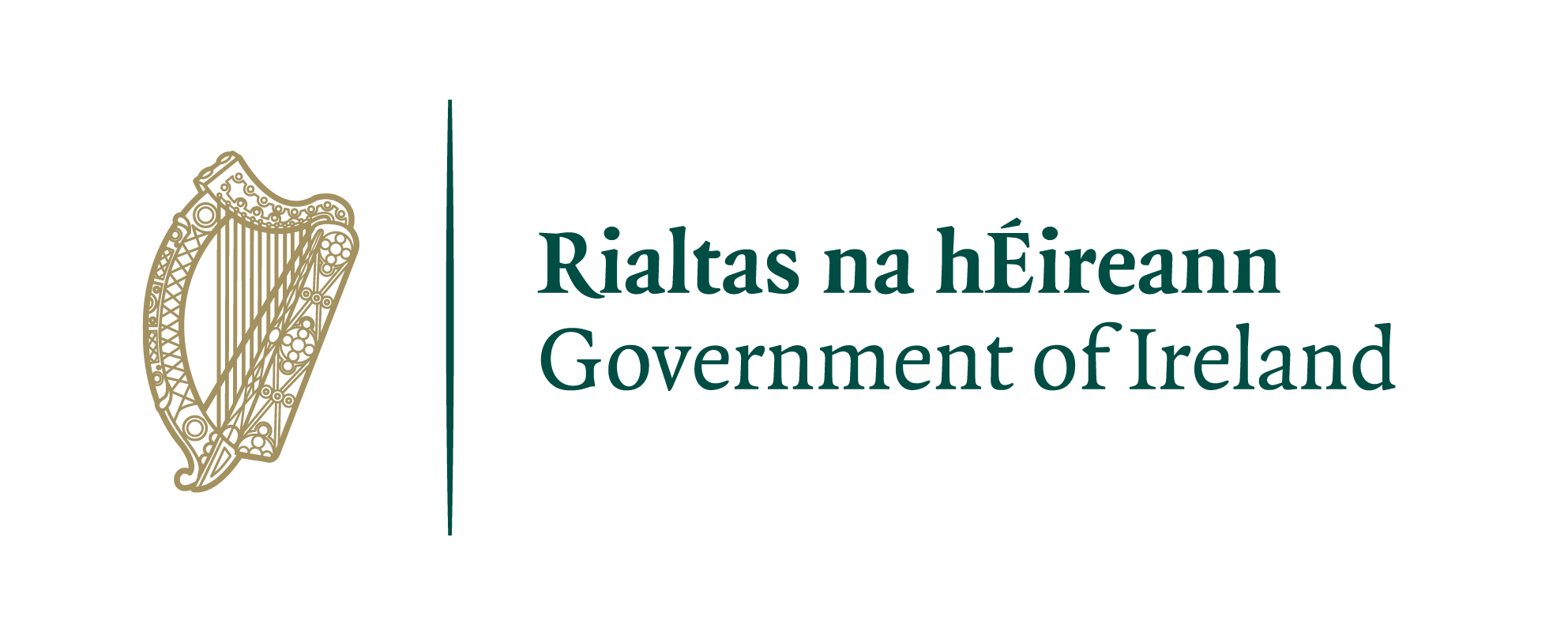Protected
Survey on Income and Living Conditions EU-SILC 2012
From: Central Statistics Office
Times Requested:







Description
Conditions for Re-Use
Coverage
Statistical Population: All private households and their current members residing in the state at the time of data collection.
Principal Variables: Data on household and individual income as well as a number of key national poverty indicators. For example the At Risk of Poverty Rate, Enforced Deprivation Rate and Consistent Poverty Rate
Main demographic characteristics:
• Sex
• Age Group
• Principal Economic Status
• Highest Education Level Attained
• Household Composition
• Number of persons at work in the household
• Tenure status
• Urban/rural location
• Region
Protected Data Metadata
| Fields | Value |
|---|---|
| Access Rights | restricted |
| Eircode | |
| Licenses |
Data and Resources
This dataset has no data
Additional Info
| Field | Value |
|---|---|
| Sector |
|
| Dataset Coverage | Statistical Population: All private households and their current members residing in the state at the time of data collection. Principal Variables: Data on household and individual income as well as a number of key national poverty indicators. For example the At Risk of Poverty Rate, Enforced Deprivation Rate and Consistent Poverty Rate Main demographic characteristics: • Sex • Age Group • Principal Economic Status • Highest Education Level Attained • Household Composition • Number of persons at work in the household • Tenure status • Urban/rural location • Region |
| Primary Identifier | This is an anonymised dataset with no external identifiers. |
| Personal Data | No |
| Sensitive Personal Data | No |
| Business Data | No |
| Spatial Data | No |
| Data Sharing | No |
| API Available | No |
| Open Data | No |
| Open Data Portal Link | |
| Update frequency | Annually |
| Contact Point | |
| Contact Phone | |
| Contact Email | |
| Is a Protected dataset | Yes |
| The Protected Dataset contact email | |
| The conditions for re-use of the dataset | As per EU Data Governance Act, re-use must comply with: • EU and national laws protecting the data. • Technical and organisational measures to preserve confidentiality and integrity. • Anonymisation • Licensed by CC-BY 4.0 |
| The rights to access this data | restricted |
| Eircode | |
| Licenses |

